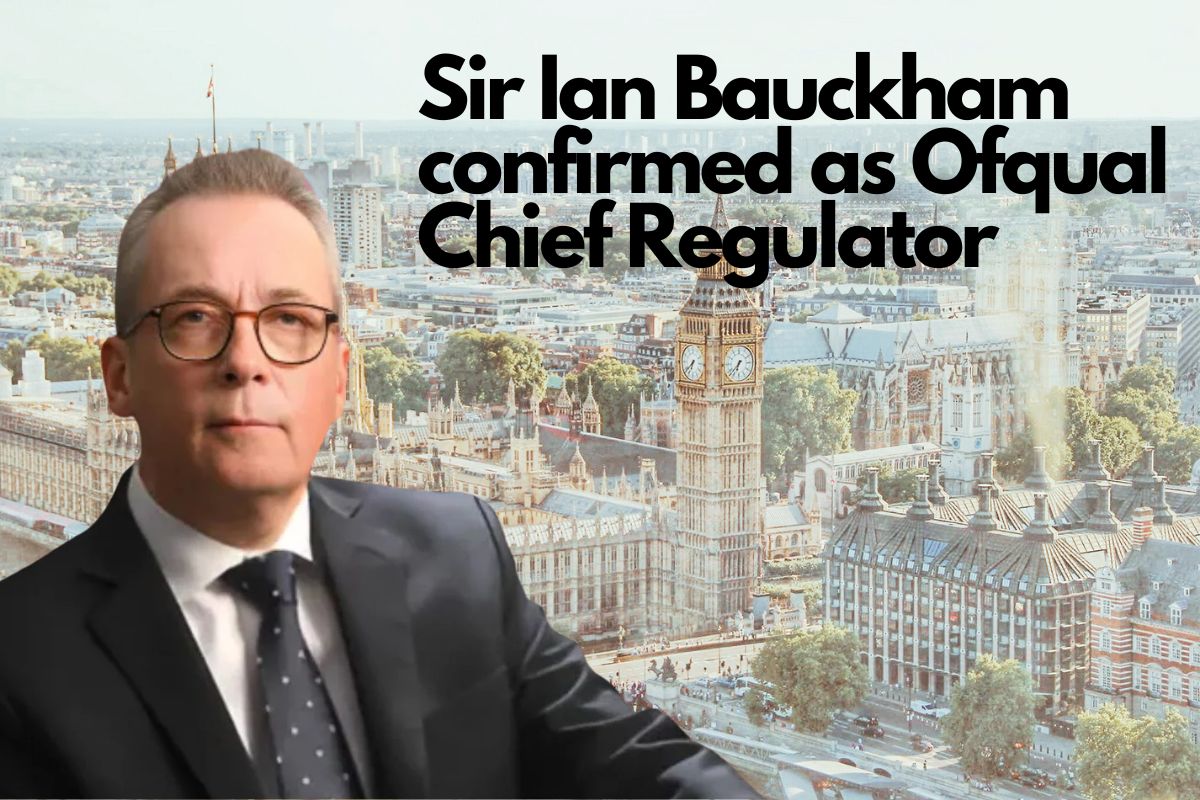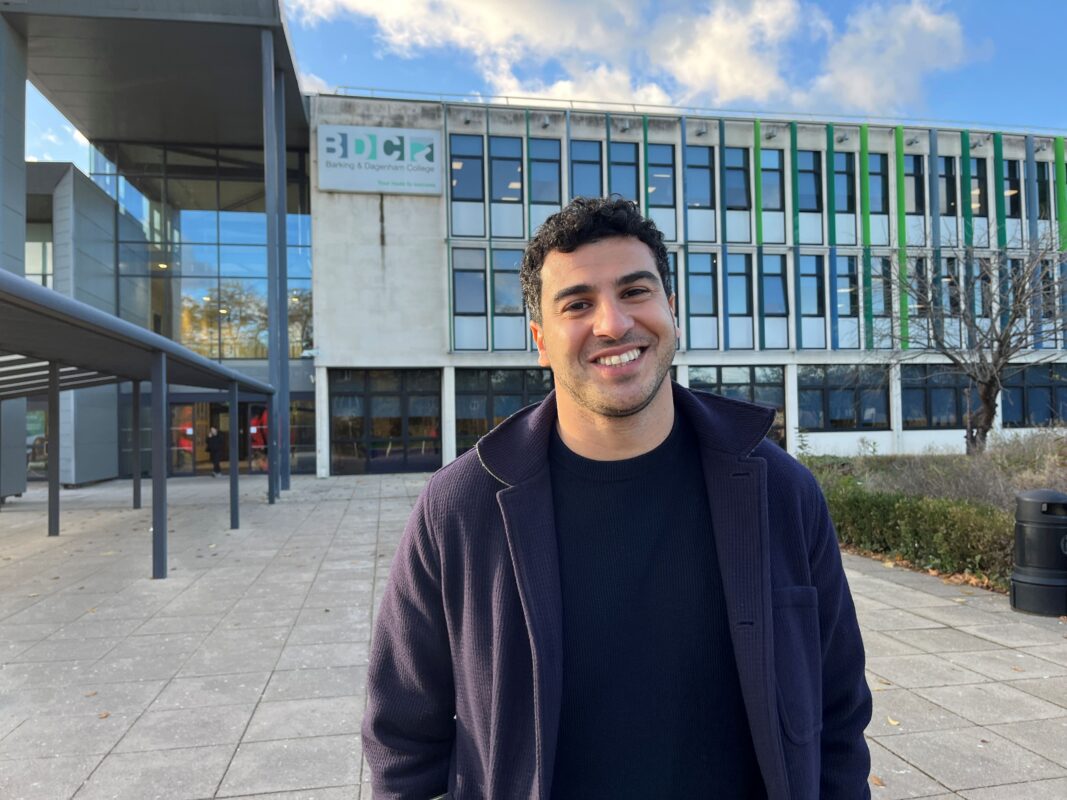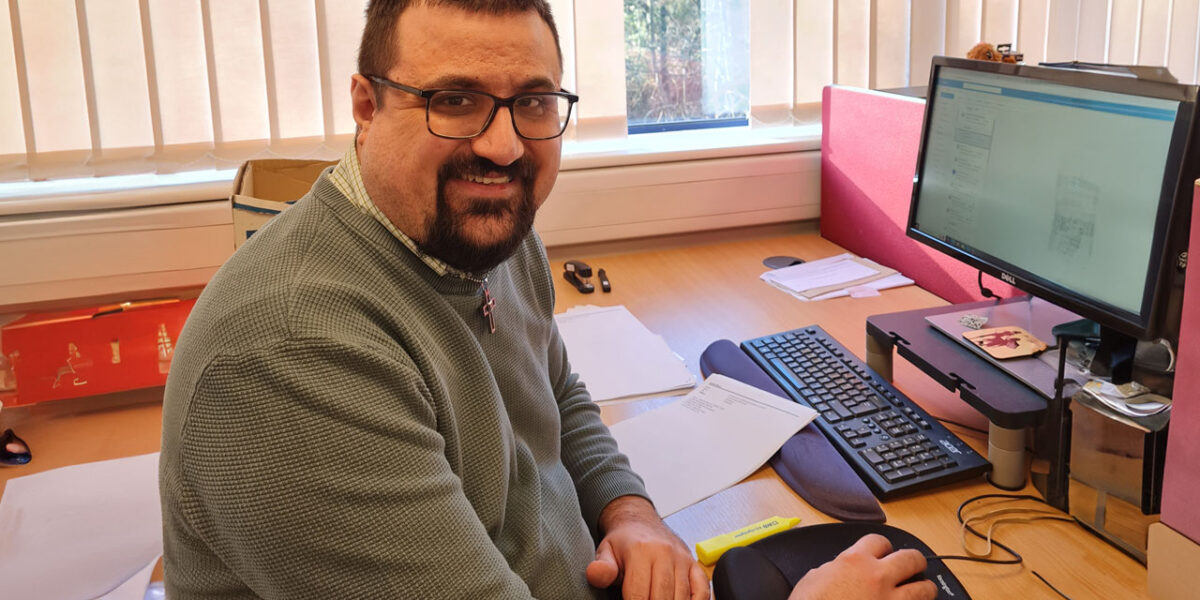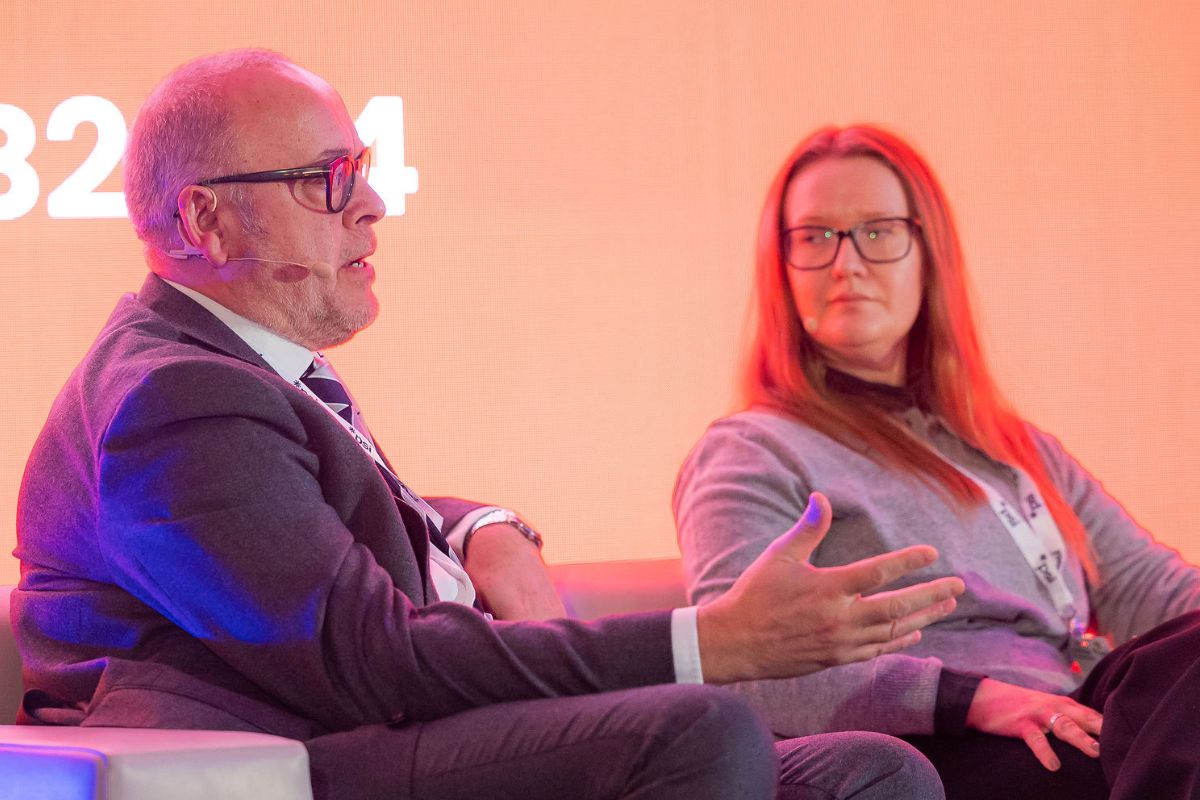Students challenged to design the next generation of electric Wheelchair Accessible Vehicles

Motability Operations and CALLUM are working in partnership to secure the future of electric wheelchair accessible vehicles, by hosting a competition to find an inspiring solution from the next generation of automotive design and engineering talent. Students from Coventry University and Glasgow School of Art have been tasked with designing a prototype Electric Wheelchair Accessible Vehicle (eWAV), which will provide a solution to the problems currently faced by wheelchair users looking to transition to electric vehicles.
The winning students will be given an opportunity to work at design and engineering business CALLUM on a paid placement. Together with its experienced team of designers and engineers, which includes acclaimed car designer Ian Callum CBE, they will bring their vision to life by producing an eWAV prototype for testing. It’s hoped this prototype will inspire further eWAV innovation and allow Motability Operations to continue to provide life-changing mobility to Motability Scheme customers, as we enter the era of electric motoring.
Ian Callum CBE, design director at CALLUM, says:
“Industrial design principles state that form follows function and at present electric vehicles are not delivering the required functionality for people with disabilities. It’s an issue that requires industry collaboration to overcome, so we are pleased to be working with Motability Operations along with students from Coventry University and the Glasgow School of Art to seek a solution to the complex packaging issue. As EV usage increases, we want to ensure that electrification doesn’t threaten disabled mobility.”
Currently, Motability Operations supplies approximately 7,000 WAVs to Scheme customers each year. Most customers choose smaller WAVs as they’re less cumbersome and generally cheaper to run. However, as electric vehicles typically have their battery located in the vehicle’s floor, offering small, electric WAVs is challenging. Users switching to EVs face higher costs, less usable space and internal height, and lower available payloads. An innovative solution is required if the availability of practical and affordable WAVs is going to continue post-2030 when all new vehicles will be electrified.
Andrew Miller, CEO at Motability Operations, says:
“As Britain’s motorists begin to make the switch to electric vehicles, Motability Operations is working hard to ensure our customers aren’t left behind. There are many accessibility challenges we need to overcome as we transition our customers to electric, and this collaboration with CALLUM marks the latest of our innovation efforts to find a solution. WAVs provide freedom and independence for many of our Motability Scheme customers, and it’s very exciting to be working with CALLUM and Britain’s next generation of automotive designers to future-proof wheelchair accessible motoring as we enter the electric world.”
Some students have already had the opportunity to submit their revolutionary eWAV designs, with over 60 students from the esteemed Coventry University’s Transport and Automotive Design programme offering solutions this November. Students from the Glasgow School of Art Product Design department will have the opportunity to submit their designs on 13 January 2022, with a winning design and its successful creator to be announced later in January 2022.
Alongside the students, Motability Operations is seeking support from its network of original equipment manufacturers (OEMs) and convertors to help pave the way for this important concept work by providing vehicle-specific engineering insight that will improve the feasibility of the project and future rollout of eWAVs.
The winning designer’s eWAV solution will play a part in British motoring innovation, having the potential to provide vital mobility for 1000s of disabled motorists.











Responses